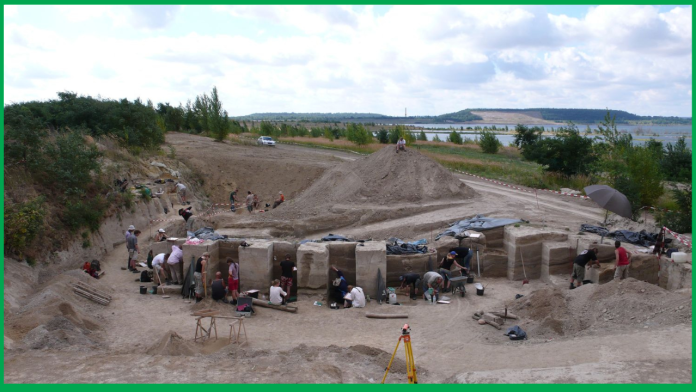Neanderthals, our closest extinct relatives, continue to surprise scientists with just how advanced they really were. A newly uncovered site in Germany has revealed a remarkable glimpse into their resourcefulness — what researchers are calling a prehistoric “fat factory.”
Dating back roughly 125,000 years, this site shows clear evidence that Neanderthals systematically broke and crushed large mammal bones to extract bone marrow and grease — vital high-calorie food sources, especially in colder climates.
This is the earliest known example of such strategic, large-scale fat processing — predating the arrival of Homo sapiens in Europe by nearly 100,000 years.
“This was intensive, organised, and strategic,” says archaeologist Lutz Kindler from the MONREPOS Archaeological Research Center in Germany. “Neanderthals weren’t just scavengers — they managed resources with precision. They hunted, transported carcasses, and processed fat in specialized areas.”
The discovery comes from the Neumark-Nord site in eastern Germany near the city of Halle. There, researchers unearthed over 100,000 bone fragments from at least 172 large mammals such as horses and deer. Many of these bones showed signs of cutting, smashing, and burning — strong indicators of deliberate butchering, not random scavenging.
Archaeologist Sabine Gaudzinski-Windheuser, also from MONREPOS, explains:
“Rendering bone grease is labor-intensive — it only makes sense if you have enough raw material. The more bones you collect, the more valuable the process becomes. And that’s exactly what Neanderthals did.”
Tools and evidence of fire found at the site further support the idea that this wasn’t a one-time event, but a planned and repeated activity, pointing to a much higher level of organization than previously believed.
This discovery joins a growing body of research revealing that Neanderthals were far more intelligent and capable than earlier stereotypes suggested. Other studies have shown they could swim, brew fermented drinks, think abstractly, raise families, and even use speech in ways similar to modern humans.
Despite this, Homo sapiens eventually outcompeted and outlived Neanderthals — a mystery scientists are still exploring. But the traces Neanderthals left behind continue to tell stories of ingenuity and adaptability.
Computer scientist Fulco Scherjon, also part of the research team, notes:
“The scale and preservation of Neumark-Nord gives us a rare window into how Neanderthals lived and altered their environment. It’s incredibly rare for a site this ancient — and it opens the door to many exciting discoveries ahead.”
By ScienceAlert


